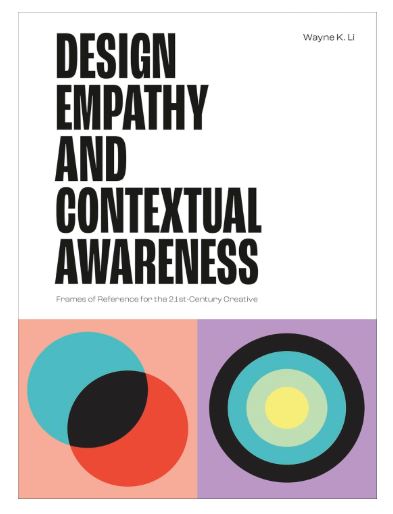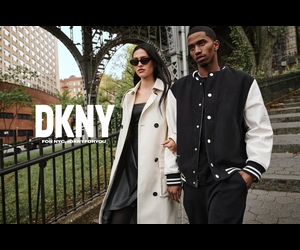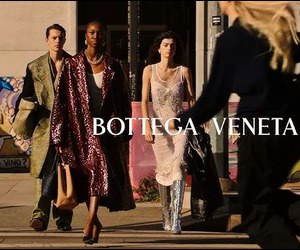No products in the cart.
Wayne Li: Redefining Design with Empathy and Impact

Wayne Li pioneers design with purpose. He leads Design Bloc at Georgia Tech. Additionally, he teaches at Stanford. His IDEO experience shapes his empathy-driven approach. He is discussing his new book, Design Empathy & Contextual Design. Consequently, he transforms communities through innovative design. In this feature, we explore his vision.
LISTEN TO THE FULL PODCAST EPISODE HERE
Beverly Hills Magazine: Wayne Li, how are you today?
Wayne Li: I’m doing fine. It’s been a busy day. I just left class and rushed to the office. Teaching students is always fun, riffing off their queries in real time. It tests my improv skills, but it’s great.
Beverly Hills Magazine: I’m honored you made time for us. Let’s dive in. What inspired your journey into design thinking?
Wayne Li: As the son of Taiwanese immigrants, I had diverse influences. My mom was a brush painter, my dad a Ph.D. in polymer chemistry. At IDEO, their user-centered design philosophy, now human-centered design, resonated with me. It blends technical analysis with creative, playful warmth. That first job connected those sides of me. Grad school further deepened that connection.
Beverly Hills Magazine: How did your time at IDEO shape you? Tell us about Design Bloc’s community-involved framework.
Wayne Li: IDEO grounded me in human-centered design. At Georgia Tech, I was tasked with teaching it across engineering, business, liberal arts, and design. Design Bloc reflects the community it serves. We engage with Atlanta’s Hunter Hills neighborhood, local artists, and groups like Full Radius, a wheelchair dance troupe. We design sets or tools for them. It’s a collaborative partnership involving all majors—designers, architects, engineers, material scientists—tackling community problems.
Beverly Hills Magazine: I love that. How do you teach design thinking to executives for business applications?
Wayne Li: Executives need a mature approach, but we still use fun exercises like Play-Doh to spark creativity. Through Georgia Tech’s professional education, we frame design thinking for leadership. How do you build diverse, empathetic teams? How well do you know your customers? Identify shared values with them. It’s about understanding your people, supply chain, and brand message. For example, optimizing a factory 15% faster is pointless if inventory isn’t moving. Design thinking encourages cross-disciplinary empathy—engineers talking to marketers or operations—to align on purpose.
Beverly Hills Magazine: It’s about changing mindsets for efficiency and purpose. Customer-centric thinking drives success.
Wayne Li: Exactly. Engineers learn optimization like Six Sigma or lean manufacturing, but design thinking asks, “Why does this factory exist?” Hoarding parts isn’t profit—it’s waste. You need empathy and imagination to find the root cause, like understanding what someone meant, not just what they said. It’s a creative mental exercise.
Beverly Hills Magazine: A billionaire once said, solve a billion people’s problems to succeed. That’s customer-centric. How does empathy fuel this?
Wayne Li: Empathy keeps you humble and hungry to learn. If you think you know everything, the situation changes. Solving society’s problems—like water scarcity or education gaps—requires seeing others’ perspectives. In a capitalist society, people pay for solutions they believe in.
Beverly Hills Magazine: As a Christian, you’d relate to Jesus’ teaching: the greatest serves all. Design thinking aligns with that servitude mindset for greater good. Service is limitless opportunity. Tell us about your book, Design Empathy and Contextual Awareness.
Wayne Li: It’s on Amazon—called “Design Empathy and Contextual Awareness.” It launched in London on August 25, 2025, and hits the U.S. September 2, 2025, as paperback or e-book. It’s about practicing design thinking daily. I wrote it after teaching without a textbook. A student’s suggestion led to a publisher’s offer. The book covers neuroscience—everyone’s brain can be creative, critical, empathetic. It explores design empathy, imagining others’ perspectives, and contextual awareness, like how context shapes product use. It’s method acting for design.

Beverly Hills Magazine: It’s a conscientious approach to avoid failure. How has design thinking evolved since IDEO?
Wayne Li: Since the D.School’s founding around 2007–2008, design thinking has spread. Nonprofits use it for social impact, optimizing change within budgets. Companies apply it to marketing or customer requirements, blending it with Six Sigma for manufacturing. I see more co-design, inviting customers to co-create. Social media demands customer-centric content, aligning with this evolution. It’s exciting to see participatory design grow.
Beverly Hills Magazine: How do you balance academia and industry?
Wayne Li: Summers off help. I run Design Bloc as a Georgia Tech lab, funded by a donor, for teaching and executive education. I also design cars for Ford and Volkswagen, using real industry problems as teaching aids. My lab tackles questions like, “How do we use self-driving cars without steering wheels?” I work with clients during the school year via executive education or corporate projects, and consult directly in summer.
Beverly Hills Magazine: Your mind is incredible. Can companies hire you? How do they reach you?
Wayne Li: Absolutely. Contact me through Georgia Tech at wli78@gatech.edu or my website.
Beverly Hills Magazine: Wayne Li, your empathy-driven design thinking inspires innovation. Thank you for sharing your vision.
Wayne Li: Thank you, Beverly Hills Magazine, for this platform. I’m honored to inspire others through design.
Wayne Li redefines design with empathy. His work at Design Bloc inspires communities. Moreover, his teaching fosters creative leaders. By blending innovation and purpose, he drives change. Ultimately, Wayne Li’s legacy shapes a bold future. His vision invites transformative action. Connect with his mission for inspiration.

















Leave a Reply